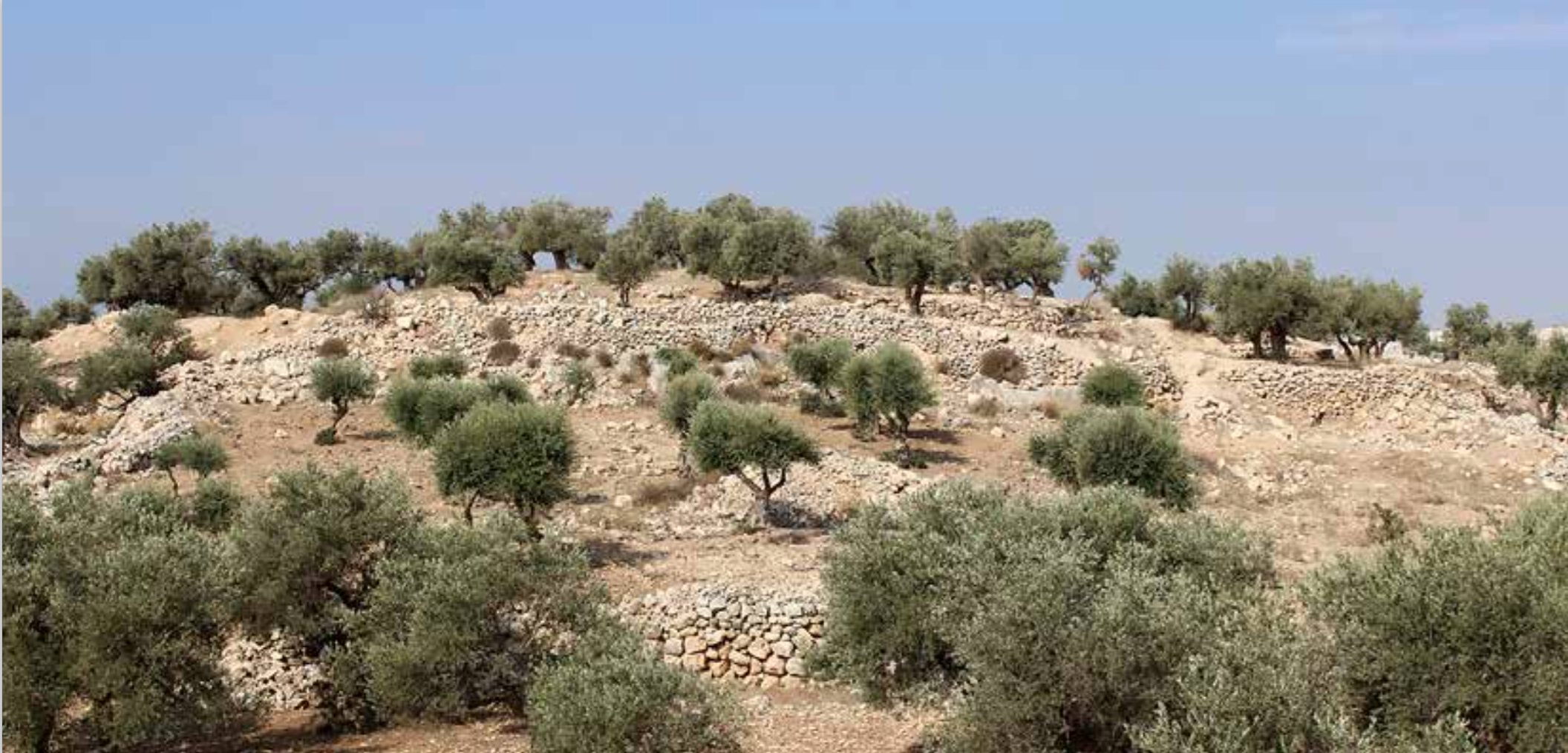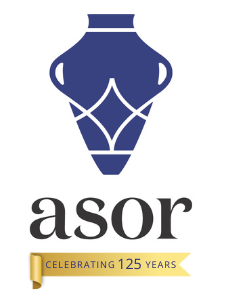
Table of Contents for Near Eastern Archaeology 81.4 (December 2018)
You can receive NEA (and other ASOR publications) through an ASOR Membership. Please e-mail the Membership office if you have any questions.
Pp. 228–237: “Reuse and Recycling in the Temple of Millions of Years of Thutmosis III (Luxor, Egypt): Archaeological Evidence of a Pottery Workshop,” by Juan Jesús Padilla Fernández, Linda Chapon, and Francisco Contreras Cortés
Archaeological excavations carried out during seasons 2013 and 2014 in the Temple of Millions of  Years of Thutmosis III shed light on a set of material elements linked to the production process of ceramics. Among these elements are a kiln and possible decanting sink structures. Long after the sacred precinct had been abandoned, changes seem to have occurred in the ideological and ritual conceptions of the Theban Mountain situated on the west bank of Luxor. These changes led to the reutilization in more recent times of still-visible mud-brick structures, but with different functions and uses.
Years of Thutmosis III shed light on a set of material elements linked to the production process of ceramics. Among these elements are a kiln and possible decanting sink structures. Long after the sacred precinct had been abandoned, changes seem to have occurred in the ideological and ritual conceptions of the Theban Mountain situated on the west bank of Luxor. These changes led to the reutilization in more recent times of still-visible mud-brick structures, but with different functions and uses.
Click here to access the above article on The University of Chicago Press Journals (ASOR membership with online access and/or subscription to UCP Current Content required).
Pp. 239–243: “New Fragments of “Nectanebo the Falcon” from the Temple of Behbeit el-Hagar,” by Mahmoud A. Emam and Ehab Abd el-Zaher
Two new fragments (no. 456 and Hor.Behbeit.4) presenting the lower part of two unfinished Horus statues in the form of a falcon embracing the king between his claws were discovered recently during irrigation works
The author describes the recent, renewed vandalizing of the site of Khirbet el-Lauz in the West Bank. In doing so, he stresses the role of the general public in protecting the archaeological resources located in Area C, as well as the importance of raising awareness among the school students to engage them in safeguarding the archaeological sites, and offers some recommendations for reducing the looting of antiquities in the Palestinian Territories.
Click here to access the above article on The University of Chicago Press Journals (ASOR membership with online access and/or subscription to UCP Current Content required).
Pp. 244–249: “Khirbet el-Lauz Revisited: Lessons from the Renewed Destruction of a Vulnerable Heritage Site,” by Salah Hussein Al-Houdalieh
Click here to access the above article on The University of Chicago Press Journals (ASOR membership with online access and/or subscription to UCP Current Content required).
Pp. 250–258: “Archaeological Excavations at Khirbet Beit Bassa, Palestine,” by Ibrahim Mohammad Abu Aemar
Khirbet Beit Bassa is located about three kilometers southeast of Bethlehem city on a hilltop that in every direction overlooks other archaeological sites.
Click here to access the above article on The University of Chicago Press Journals (ASOR membership with online access and/or subscription to UCP Current Content required).
Pp. 259–268: “Between Destruction and Diplomacy in Canaan: The Austrian-Israeli Expedition to Tel Lachish,” by Katharina Streit, Lyndelle Webster, Vanessa Becker, Ann-Kathrin Jeske, Hadas Misgav, and Felix Höflmayer
The transition from the Middle to the Late Bronze Age in the southern Levant is marked by violent destructions of most major cities.
Click here to access the above article on The University of Chicago Press Journals (ASOR membership with online access and/or subscription to UCP Current Content required).
Pp. 269–275: “A Second Cult Room at the Lachish Gate?,” by Elad Liraz
Recently, a cult room was excavated in the southern side of the Level III gate structure of Tel Lachish.
Click here to access the above article on The University of Chicago Press Journals (ASOR membership with online access and/or subscription to UCP Current Content required).
Pp. 276–299: “Pigs in Space (and Time): Pork Consumption and Identity Negotiations in the Late Bronze and Iron Ages of Ancient Israel,” by Avraham Faust
Pork consumption and avoidance became a major issue in the study of ancient Israel in the 1980s. 
Click here to access the above article on The University of Chicago Press Journals (ASOR membership with online access and/or subscription to UCP Current Content required).
To view the entire issue on The University of Chicago Press Journals, click here.
